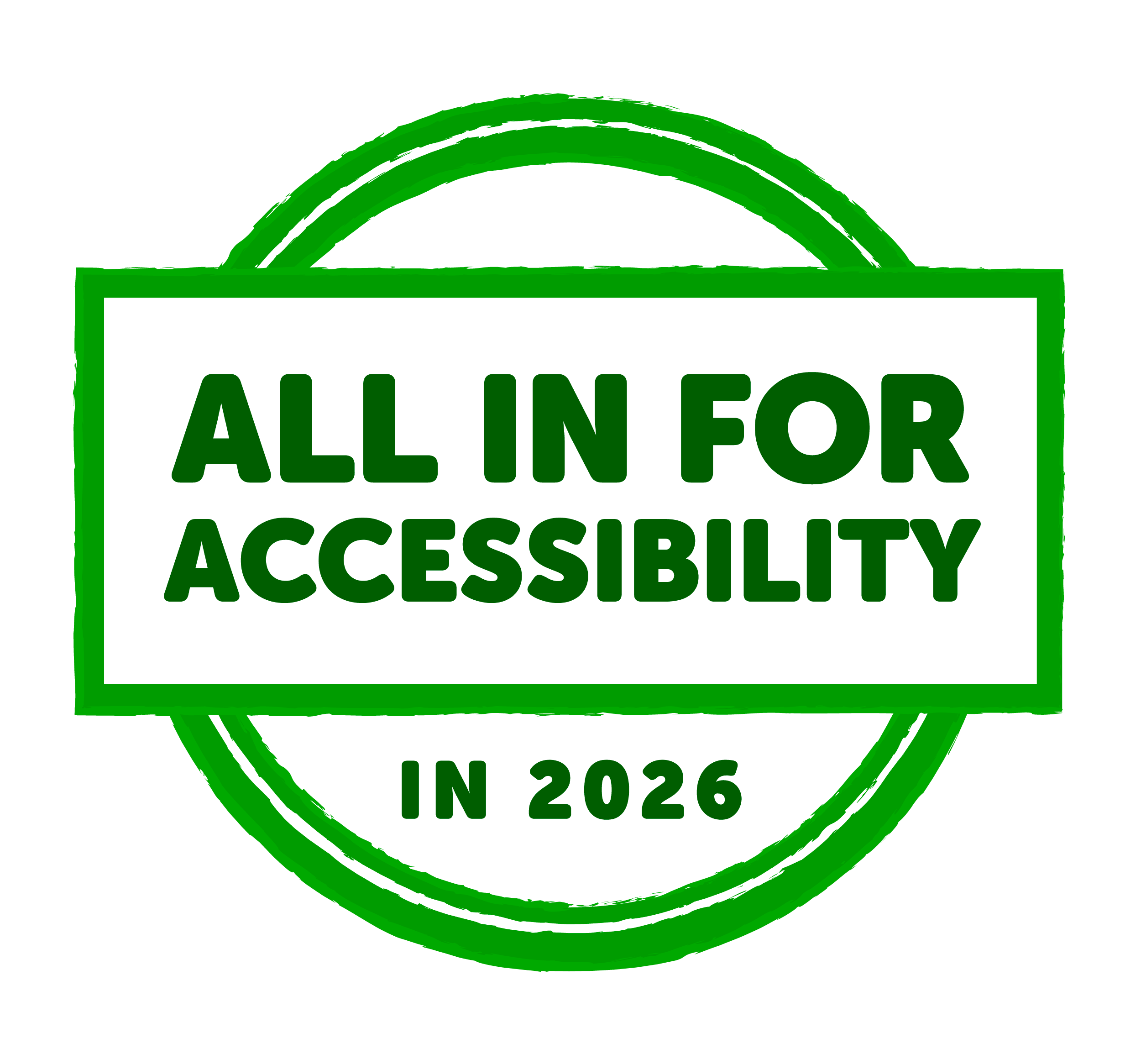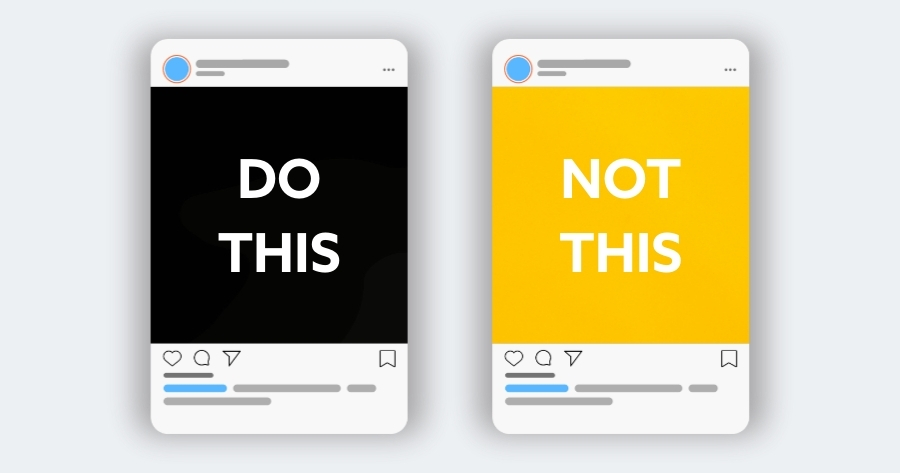Accessibility in school communications isn’t optional—it’s essential. Making digital content accessible reflects your values, and it’s the right thing to do. At the same time, new federal Americans with Disabilities Act (ADA) web accessibility guidelines are adding urgency, with compliance deadlines set for as early as April 2026. For many school communications professionals, these updates bring questions and, understandably, a little stress. At Class Intercom, we’re All In for Accessibility and helping schools prepare with confidence. To make things clear and actionable, we’re addressing the questions schools are asking.
What are the new web accessibility rules schools need to follow?
The U.S. Department of Justice has updated ADA Title II regulations, which require schools to make their digital communications accessible to all. The rules point specifically to compliance with the WCAG 2.1 AA standards, a set of internationally recognized guidelines that address everything from color contrast to video captions. Districts in areas with more than 50,000 people must comply by April 2026, while districts in smaller areas have until April 2027. In short, the deadline is set, and schools will want to begin preparing now.

Do accessibility requirements apply to social media, too?
Yes. The new rules apply broadly to any digital content a school publishes, including websites, apps, social media posts, PDFs, flyers, videos, and more. It’s not just about your district’s website. All of your social media content must also meet accessibility standards. For schools using social media to share school stories with regularity, you’ll want to begin training content creators on these standards.
What makes social media content “accessible”?
Accessible social media content allows everyone—including people with disabilities—to access the message. That means writing alt text for images so screen readers can describe them, providing captions or transcripts for videos, using plain and clear language in posts, ensuring good color contrast, and more. These practices not only help people with disabilities, they also improve overall clarity and reach.
In fact, many of these guidelines also offer broad benefits. For example, captions make it easier to watch videos in noisy environments, strong color contrast ensures content is legible, and alt text provides context if images don’t load due to slow internet connections.

An example of a digitally accessible graphic, versus a non-accessible graphic. White text on a black background is high-contrast and easy to see, while white text on a yellow background, may be hard for some eyes to see.
What happens if schools don’t meet the new web accessibility requirements?
Failure to meet the requirements comes with legal and compliance risks, in addition to members of your community being left out of important information. Families may miss updates, students may struggle to access resources, and the school’s message won’t fully reach its intended audience.
How is Class Intercom helping schools implement the new web accessibility requirements?
Our in-house development team has been at work, building features within Class Intercom’s school social media management software that make accessibility increasingly seamless. This includes AI-generated ALT Text, educational resources and support for accessible PDFs and flyers, and built-in training and certifications to help communications professionals and student creators alike learn accessibility best practices. We also provide secure access and two-factor authentication to keep accounts safe.
Most importantly, we want schools to know that we’re in this together. We recognize the importance of accessibility and are on track to make all of our digital content completely accessible before the federal deadlines arrive.
What’s one thing schools can start doing now to prepare for the rollout of new web accessibility requirements starting in 2026?
The best first step is to start small and be consistent. Make it a habit to always add alt text to images and caption your videos. These two steps alone dramatically increase accessibility and set a tone. Once teams and content creators get into the habit, more advanced accessibility practices will feel less daunting.

A preview of Class Intercom’s new AI-generated ALT Text feature (coming soon).
Do student or staff content creators need to know about accessibility, too?
Absolutely. Accessibility should be part of the training for anyone creating content—whether that’s a student on a journalism team or a teacher sharing a classroom update. When creators learn to make content accessible, they’re not just improving school communications; they’re also building important digital citizenship skills.
What if my school already follows some accessibility practices?
If you’re already using alt text, captioning videos, or considering accessibility in your designs, you’re ahead of the curve. The new rules validate your efforts. This is an opportunity to review what you’re doing, identify gaps, and strengthen your approach. Schools that have already started these practices will find the transition to full compliance much smoother.
How do we balance these updates with limited time and resources?
Focus on high-impact practices first, lean on tools that streamline the process, and share the load by involving staff and student contributors. A total accessibility overhaul doesn’t have to happen overnight. What matters most is steady progress and a culture that values inclusion. Focus on progress over perfection.
Where can I find more information and specifics about the new web accessibility requirements?
There are excellent resources available to help schools understand both the big picture and the details:
- Explore our All In for Accessibility hub.
- Review the World Wide Web Consortium (W3C)’s quick reference.
- Visit ADA.gov for the full Title II regulations, timelines, and compliance expectations.
- Follow upcoming Class Intercom blogs, webinars, and resources as we continue to provide guidance.
By embracing accessibility practices, you’re reflecting your school’s core values while also preparing for the 2026/2027 deadlines. To learn more about how Class Intercom can help, get in touch at the link below.
Together, we can be all in for accessibility—in 2026 and well beyond.
